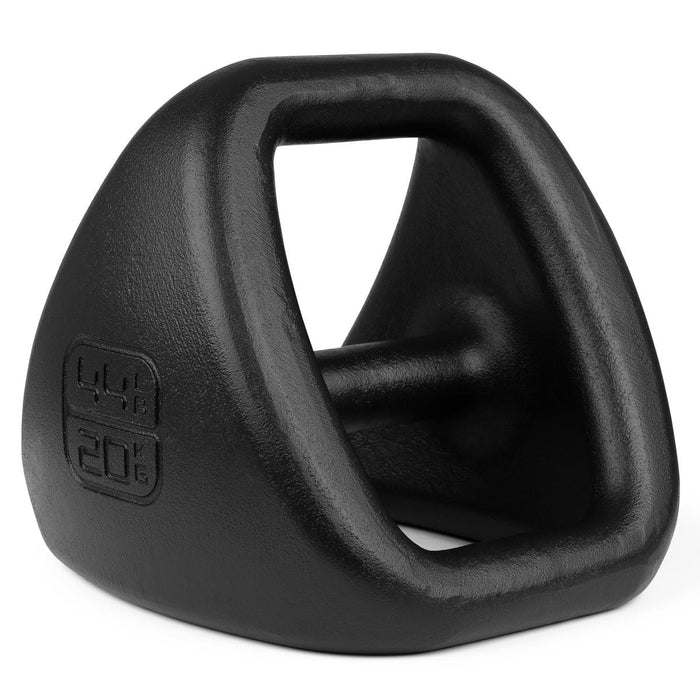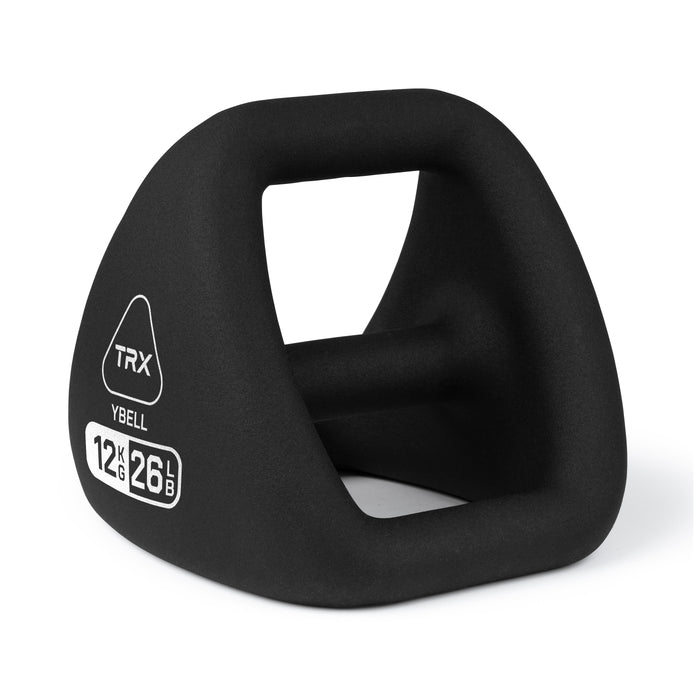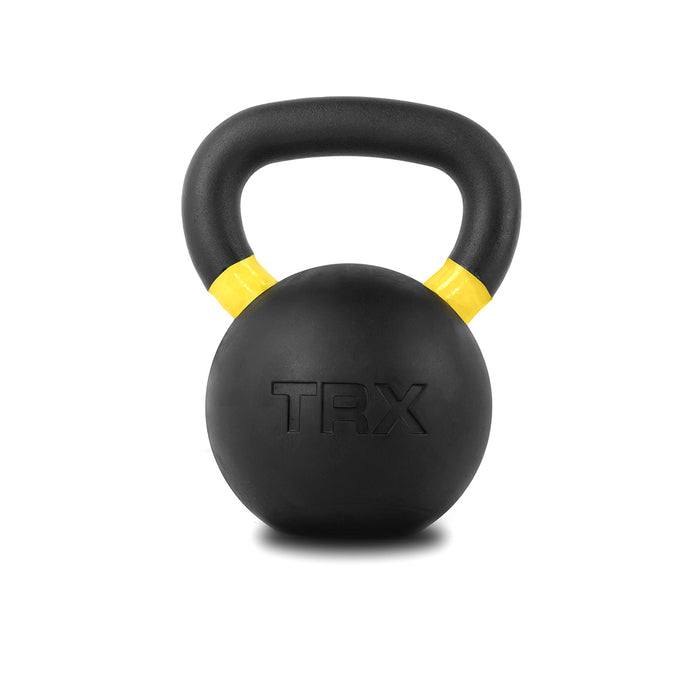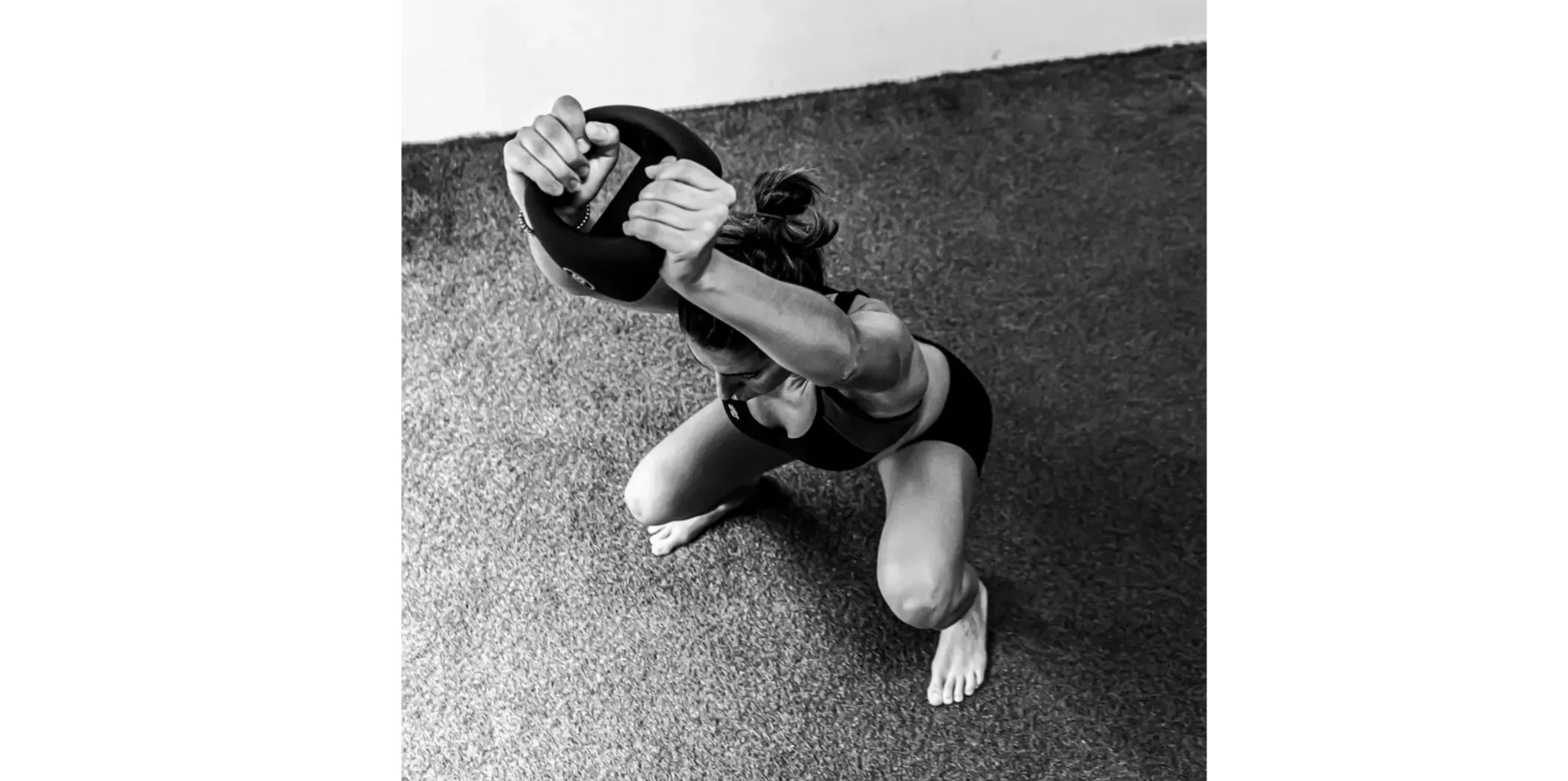As you step into the gym for your resistance training session, you're faced with various options: barbells, machines, dumbbells, and kettlebells. Now, the question arises: which one should you choose? You may have heard that kettlebell workouts are excellent for strength training, but should they completely replace dumbbells?
Let's delve into this intriguing debate of kettlebells vs. dumbbells and determine which option might be the most suitable for your needs.
What Do Kettlebells and Dumbbells Have In Common?
It's evident that both kettlebells and dumbbells fall under the category of free weights. As resistance training tools, they complement high-intensity resistance training (HIRT) routines effectively. Whether you're just starting your fitness journey or looking to advance your training, our quick assessment can help determine which free weight option better suits your goals. Moreover, they are reasonably priced equipment options that can be conveniently organized and stored in your home gym.
While there may be slight variations in certain movements between the two, it's worth noting that neither the rubber kettlebell nor the dumbbell is universally superior in all scenarios. The best choice depends on your fitness level and specific goals – something our personalized exercise recommendations can help you determine.
TAKE OUR TRAINING QUIZ
How Kettlebells and Dumbbells Are Different
The differences are subtle, but small changes can have a considerable impact on your weight training routine.
1. The Shape
The most significant difference between dumbbells and kettlebells is the shape — Kettlebells are a sphere shape with a handle at the top. The bottom of the kettlebell is significantly heavier than the top handle. With dumbbells, the weight is dispersed evenly with a handle between the two sides to hold on to.
2. The Center of Mass
The difference in design also changes the center of mass for each weight. The center of mass of your equipment will dramatically shift the stress put on the specific muscles and joints with each movement.
Since a dumbbell’s weight is equal on both sides, the center of mass is in the middle of the handle. This gives you the ability to isolate and rotate with specific muscles and joints. Simply put, dumbbells are best for targeting specific muscle groups.
With an uneven weight distribution between the sphere and top handle, the center of mass on a kettlebell is much closer to the sphere. When you’re holding a kettlebell, the majority of the weight sits on the back of your wrist, which changes the isolation ability in the majority of movements.
The handle also allows you to change between movements quickly. That’s why Kettlebells are best used for power movements such as a swing, clean, or snatch.
3. One Hand vs. Two
Another unique difference between kettlebells and dumbbells is the handle length. Kettlebell handles give you the ability to use one or two hands at a time compared to only being able to fit one hand on a dumbbell.
How do Kettlebells vs. Dumbbells Affect Specific Movements?
Both kettlebells and dumbbells hold their own significance and purpose within a workout or training program. Let's examine this further by considering specific examples of movements.
If you were to perform a bicep curl with a kettlebell, you would quickly notice that it doesn't provide the same level of isolation as a dumbbell. Additionally, due to the center of mass being shifted away from the handle, the kettlebell lacks the rotational ease that a dumbbell offers.
On the other hand, attempting a swing with a dumbbell reveals that the limited hand space on the handle and the weight being closer to your body is suboptimal and significantly alters the effectiveness of the swing movement.
Do your next workout with our TRX equipment:
What’s the Goal of Your Workout?
Another crucial consideration when choosing between kettlebells and dumbbells is the goal of the workout. What you are trying to achieve may shape what you decide to use.
Dumbbells Have Higher Impact on Building Strength and Muscle
If your fitness goal is to build strength and muscle, isolation is more of your focus. Dumbbells are used more commonly for isolation. Here are a few dumbbell strength training movements you can add to a workout program:
- Dumbbell deadlifts
- Dumbbell bent-over row
- Dumbbell bicep curl to press
- Dumbbell lateral flys
That isn’t to say you can’t use kettlebells for building strength and muscle. You just won’t be able to isolate your muscle groups as well. Here are some good strength movements you can try with your kettlebells:
- Goblet squat
- Front rack walking lunges
- Kettlebell bottoms up shoulder press
- Kettlebell chest press
You should note that when it comes to strength training, the movements that stand out are movements that involve rotation (such as a bicep curl), long levers, and center of mass distribution (lateral flys vs. bottoms-up press).
Kettlebells Offer More Potential for Weight Loss and Cardio Training
With either weight loss or cardiovascular training goals, the focus of your workout will lean heavily on compound exercises and full-body movements. The kettlebell is perhaps the most robust tool for these workout categories. Due to its structural differences, it opens up the potential to do compound exercises and combinations with ease.
Here are a few kettlebell cardiovascular and weight loss movements to build into a workout program. These kettlebell moves can easily transition from one to the next.
- Kettlebell swings
- Kettlebell snatch
- Kettlebell complexes (such as a combination of a one-arm swing, into a clean, into a squat, and press)
You can use dumbbells for some compound movements to assist in weight loss and cardiovascular training, but variation is much more significant with kettlebells. Here are a few examples:
- Dumbbell thrusters
- Single-arm dumbbell clean
- Renegade row
Consider an All-In-One Tool: The YBell
It’s important to note that the learning curve is a bit higher with kettlebells. However, training with dumbbells and kettlebells combined translates well to any objectives you might have in a workout program. We recommend both for any level of athleticism, from beginners working out in their home gym to advanced athletes.
This is why, once again, the YBell powers through. Choosing one tool over the other can limit your potential growth and development as you train. Both kettlebells and dumbbells have their purpose in a workout. YBells give you the best of both worlds, along with the ability to perform double-grip med ball exercises and push-up stand exercises. It’s an all-in-one tool that gives you unlimited training options compared to traditional fitness equipment.






